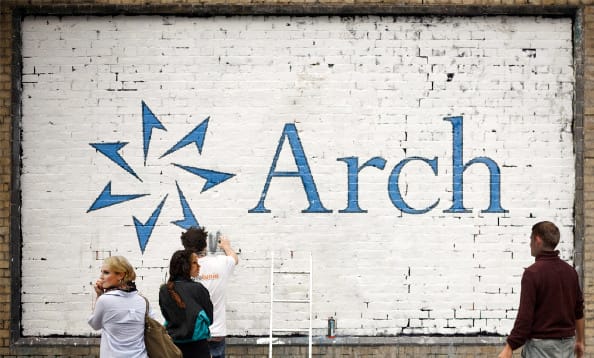The art of underwriting – knowing how hard to push and when to pull back: Arch CEO

According to Marc Grandisson, Chief Executive Officer of Arch Capital Group, there is an art to underwriting at this stage of the reinsurance market cycle and it’s all about knowing how hard to push and when to pull back.
Grandisson said during an earnings call yesterday, that Arch chose not to grow its property catastrophe reinsurance book at the mid-year renewal season, which he puts down to cycle management.
He explained that the market remains attractive in general, saying, “The P&C environment remains excellent, and opportunities for attractive returns are plentiful, even as competition normalizes. The duration and breadth of the current hard market of the last several years has been exceptional, and while rate increases are broadly above trend, disciplined underwriting requires that we keep our eye on the primary goal, shareholder returns.”
Grandisson went on to explain, “An overly aggressive appetite for growth could come at a cost of eroding underwriting margins.
“The art of underwriting in this part of the cycle rests on one’s ability to know how hard to push and when to pull back.”
The CEO moved on to speak about where Arch is actively managing this stage of the market cycle, one area being property catastrophe reinsurance underwriting.
“Due to our view of heightened overall storm risk this year, we chose not to grow our property cat writings at the mid-year renewal,” Grandisson said. “We’ve grown property cat meaningfully over the last few years, but as we learned during the 2002 to 2005 hard market, when there are so many good things happening across the underwriting platform, why chase returns and cat exposure at the risk of being unlucky.
“Property in general is very well priced. We just want to have the right balance across our portfolio.”
Interestingly, these comments have been widely interpreted as something approaching a pull-back, likely due to the wording Grandisson used, which a number of equity analysts attributed a decline in Arch’s share price to yesterday.
That seems a bit short-sighted from shareholders, when in reality Arch’s net written property catastrophe reinsurance premiums rose slightly to $472 million for Q2 2024, just a $3 million rise but remember that is net and we don’t have clear visibility of where risk has been fronted and ceded for others, which will have driven fee income for Arch.
While property cat reinsurance premiums are just above flat for the quarter, non-cat property premiums rose significantly, by 28% in net premium written terms and providing plenty of opportunity for hard market participation.
Also, for the first-half, property catastrophe reinsurance premiums written by Arch reached $822 million, up by 13% year-on-year.
So, the slowing of growth, in the face of an active hurricane season, should not be a reason for shareholder concern, we’d say.
As we’ve reported before, Arch Capital, through its reinsurance division Arch Re, provides a range of services to insurance-linked securities (ILS) funds and investors, including fronting.
As a result, it’s a little challenging to understand how much of the property catastrophe risks underwritten are for Arch’s own book, versus for ILS investors, as well as how the fee income earned from these services stacks up.
What we can see from Arch’s results, is that some 34% of reinsurance premiums underwritten were ceded out in Q2 2024, which is just slightly higher than the nearly 33% ceded in Q2 of 2023.
But for the first-half of the year, 35% of reinsurance premiums were ceded out by Arch, up from 31% a year earlier in H1 2023, suggesting perhaps some increase in its work with ILS players, or a little more retrocession being bought to support the much larger book that has been written this year.
Arch reported other income of $22 million for the first-half of 2024, up from $14 million in the prior year, which may be where some of this fronting activity gets accounted for.
Recall that earlier this year we reported that Arch Capital had recognised higher contingent commissions thanks to the performance of property catastrophe reinsurance business written for its third-party capital providers.
There’s no visibility of this in the second-quarter results, but with catastrophe losses manageable it is to be assumed those types of commissions continue to build, even if not yet fully-recognised.
Looking ahead, Arch’s CEO Grandisson explained that the cycle management should not be considered a permanent loss of appetite for property catastrophe risks.
In response to an analyst question, Grandisson said, “We took a conviction that there was a higher likelihood of frequency of events, and you’re right, it could change. This would be a short term perspective, and this will help inform whatever new vision or new projection and new belief we have, will help us make a decision as we get into 1/1 2025, after the wind season is over.
“Mind you, the business is still very good, even with our increased frequencies. So, it’s still a very, very good book of business. We just wanted to have the right balance.”
That book of property cat business is much larger than a year ago and the fronting work Arch does undertake with ILS investors is one way the company can more closely manage its exposures too, while still earning income from its footprint in the market and expertise.






